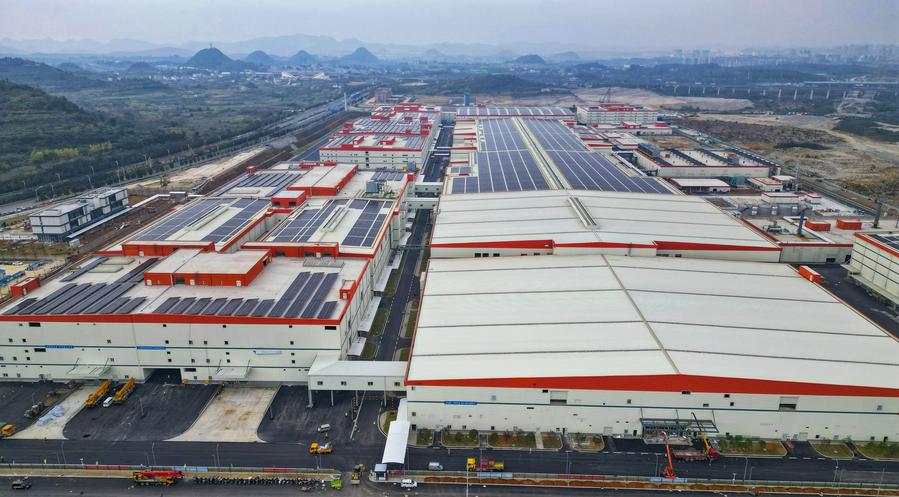China’s energy storage capacity is set for significant growth, driven by innovative technologies and advances in the renewables sector, according to the National Energy Administration (NEA).
Surge in Energy Storage Installations
China’s power storage capacity exceeded 44 million kilowatts by the end of June, marking a 40% year-on-year increase. The government has advanced various energy storage technologies, including compressed air, flow batteries, and sodium-ion battery storage projects.
Bian Guangqi, an NEA official, highlighted that these new energy storage systems are essential for integrating renewable energy into the grid. They offer quick response times, flexible configurations, and short construction timelines.
Role of New Energy Storage Systems
New energy storage systems played a crucial role in grid connections for renewable energy. In the first half of 2024, the State Grid Corp of China’s operating areas utilized new energy storage for 390 hours, nearly double from the first half of 2023. China Southern Power Grid’s areas reached 560 hours, almost matching the total utilization for 2023.
Deng Simeng, a senior analyst at Rystad Energy, emphasized the benefits of battery storage, including smaller devices, flexible site requirements, and shorter construction periods compared to traditional power sources like wind and solar.
Regional Developments and Application Scenarios
The rapid expansion of renewable installations in Northwest China necessitates new energy storage solutions to integrate capacity, optimize power output, and manage intermittency issues. The northern and northwestern regions have seen the fastest development of new-type energy storage facilities, accounting for over 50% of new installations nationwide.
Independent and shared energy storage installations account for 45.3% of applications, while those paired with new energy projects account for 42.8%. Other application scenarios make up 11.9%.
Renewable Energy Capacity Growth
China’s renewable energy capacity reached new heights in the first half of 2024, with 134 million kilowatts of new installations. This represents a 24% year-on-year increase, accounting for 88% of the country’s total new power generation capacity.
In April, the NEA issued a notice to standardize the integration and efficient dispatch of new energy storage into the grid. This notice includes specific requirements for grid enterprises, power dispatch agencies, and new energy storage project units.
China also expanded its charging infrastructure, with the total number of charging piles reaching 10.24 million by the end of June, a 54% year-on-year increase. This includes 3.12 million public and 7.12 million private charging piles, meeting the needs of 24 million new energy vehicles.
Rural Charging Infrastructure Initiatives
Efforts to address the charging infrastructure gap in rural areas are underway. Zhang Xing, an NEA spokesman, noted that charging infrastructure construction and promotion activities have been organized in counties and towns. Over one-third of provinces have extended charging facilities to all townships, supporting rural adoption of new energy vehicles.
Source:china.org.cn




